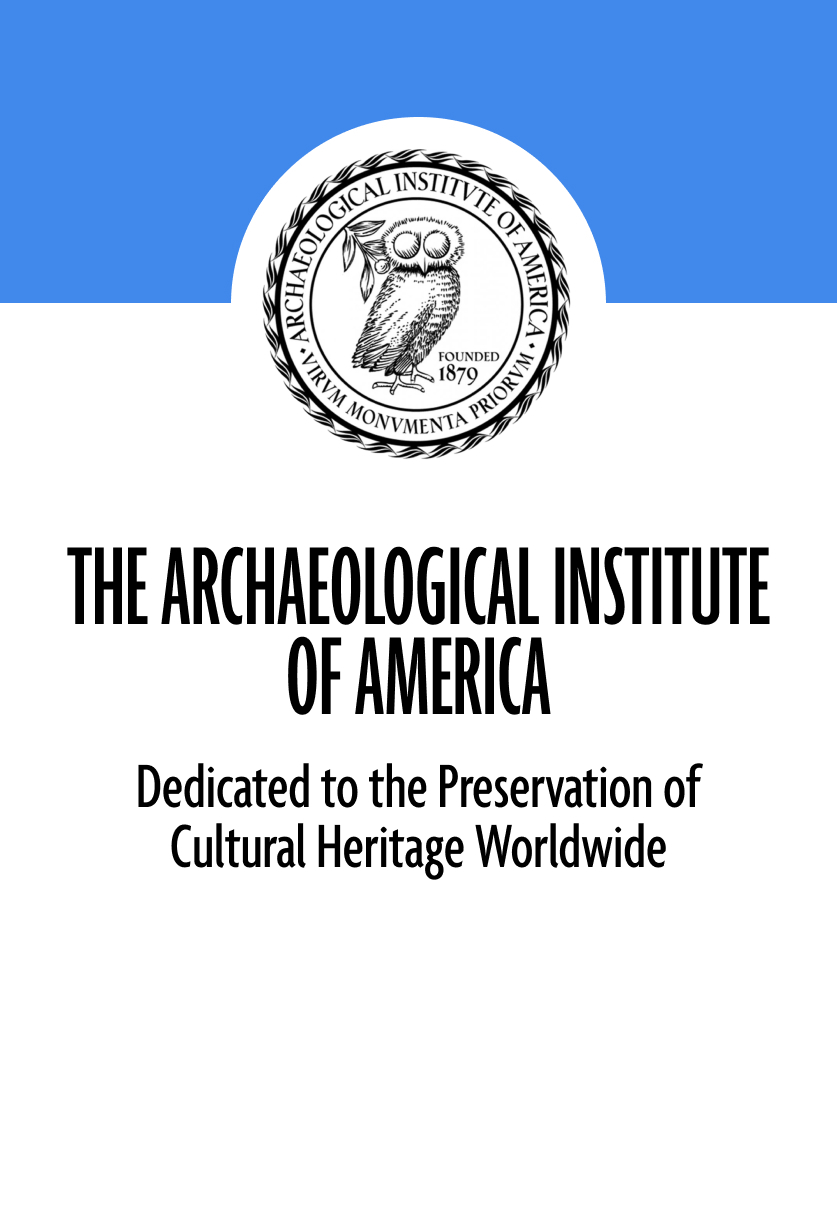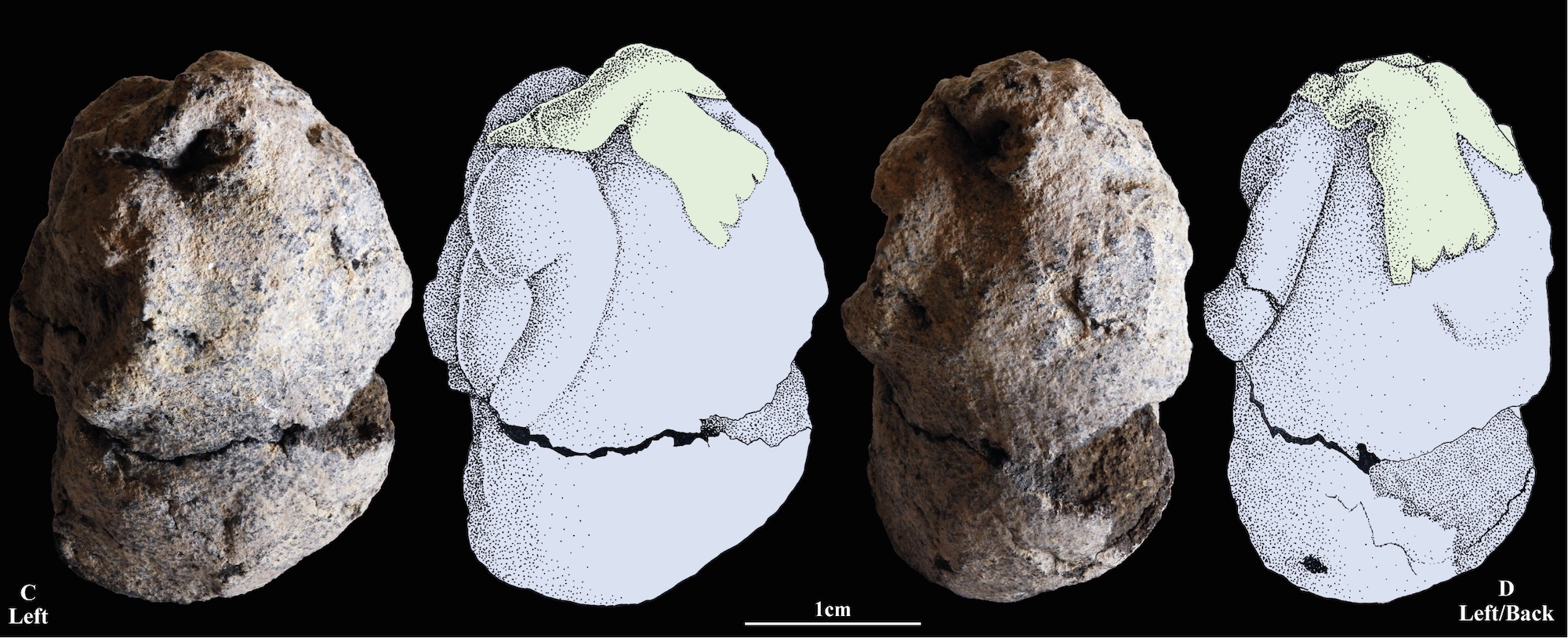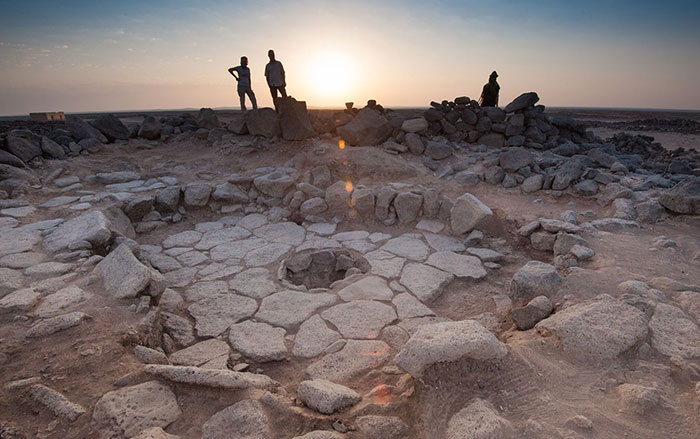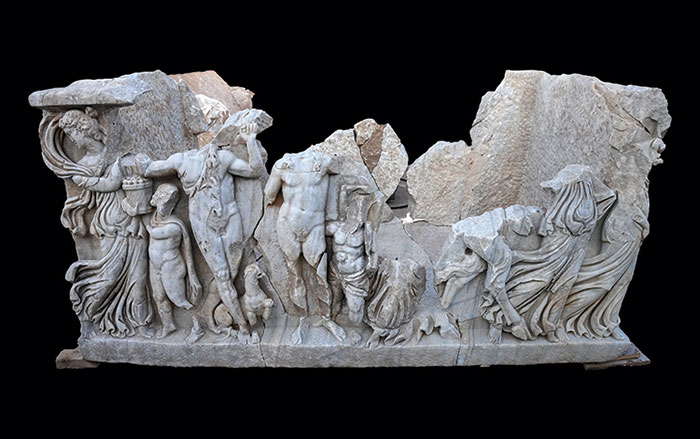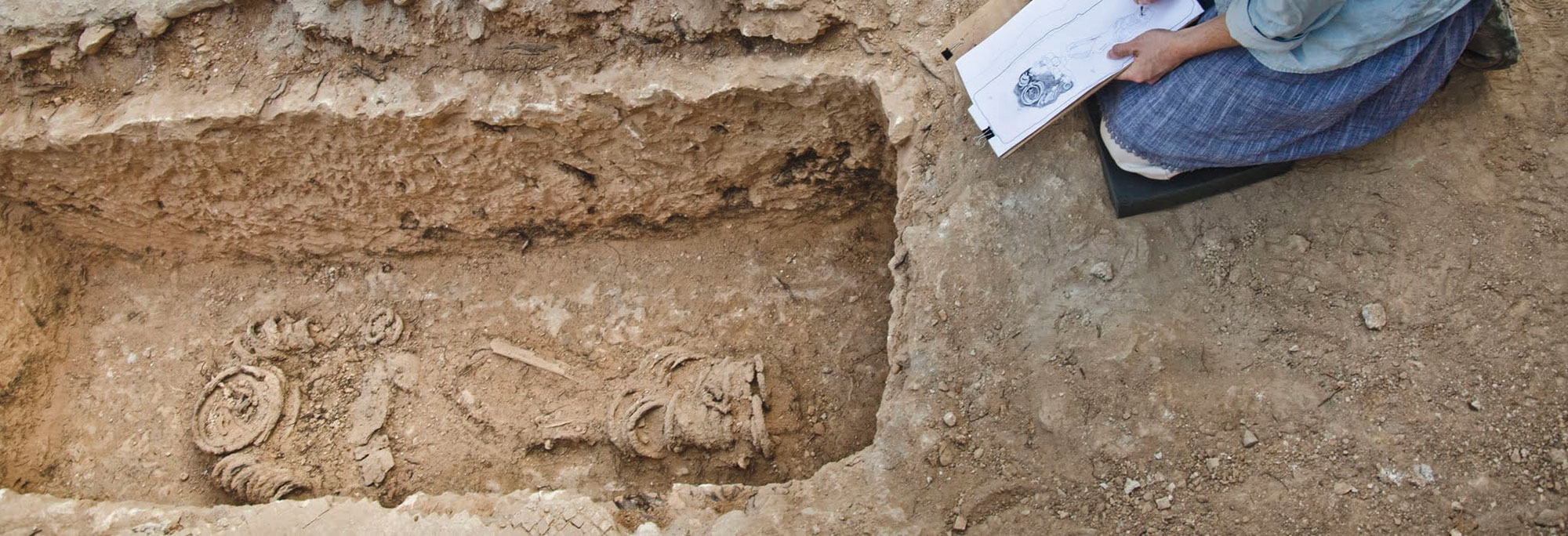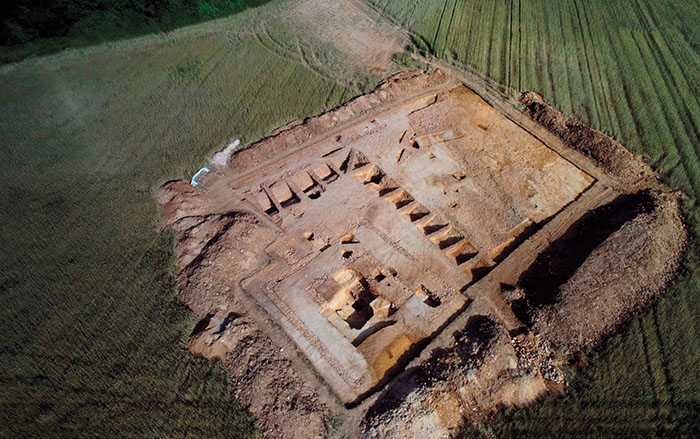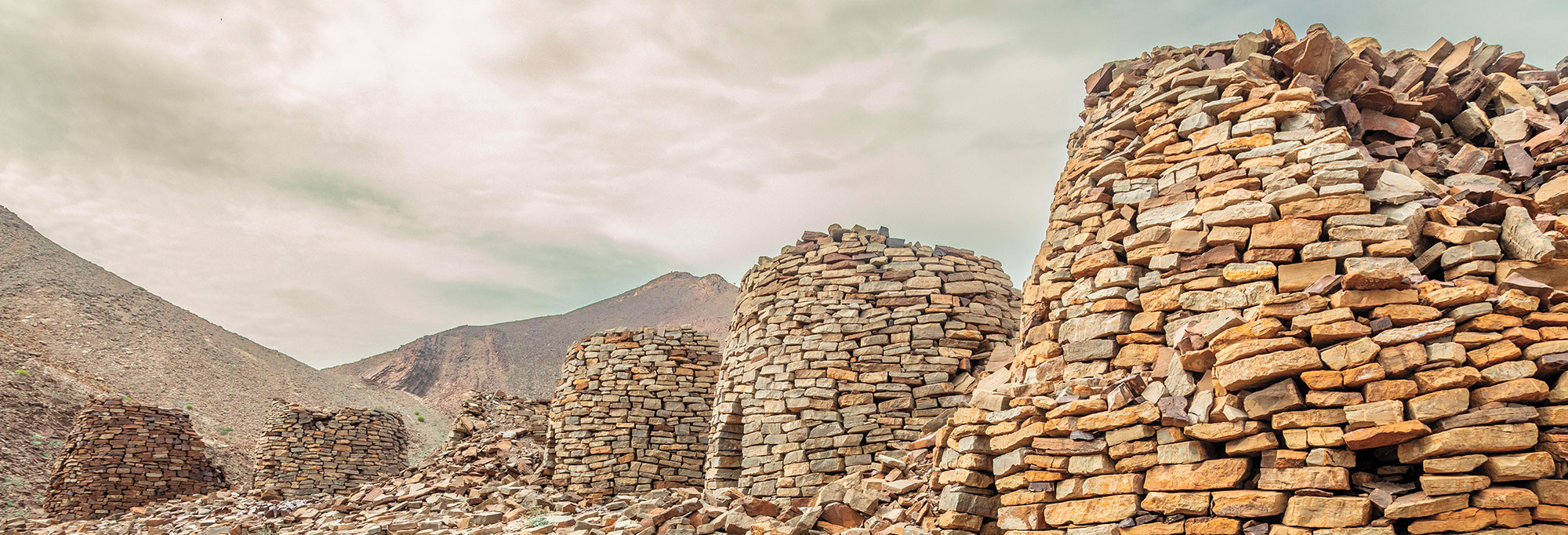
JERUSALEM, ISRAEL—A 12,000-year-old figurine depicting a human-animal interaction has been unearthed at Nahal Ein Gev II (NEG II), a Late Natufian village site in northern Israel, according to a statement released by the Hebrew University of Jerusalem. Archaeologists Leore Grosman, Laurent Davin, and Natalie Munro said that the one and one-half inch figurine, made of local clay that had been fired, shows a crouching woman with a goose perched on her back. Traces of red ocher were detected on both the woman and the goose. “Not only is this the world’s earliest figurine depicting human-animal interaction, but it’s also the earliest naturalistic representation of a woman found in southwest Asia,” Davin said. The object was recovered from a semicircular stone structure containing burials and ceremonial deposits. The researchers suggest that the figurine may depict a mythological or ritual scene. Artifacts unearthed in other areas of the village indicate that geese were used as a source of food, and goose feathers and bones were used for decorations and ornaments. “The NEG II figurine captures a transformative moment,” Grosman added. “It bridges the world of mobile hunter gatherers and that of the first settled communities, showing how imagination and symbolic thinking began to shape human culture.” For more on the Natufians, go to "The First Bakers," one of ARCHAEOLOGY's Top 10 Discoveries of 2018.
